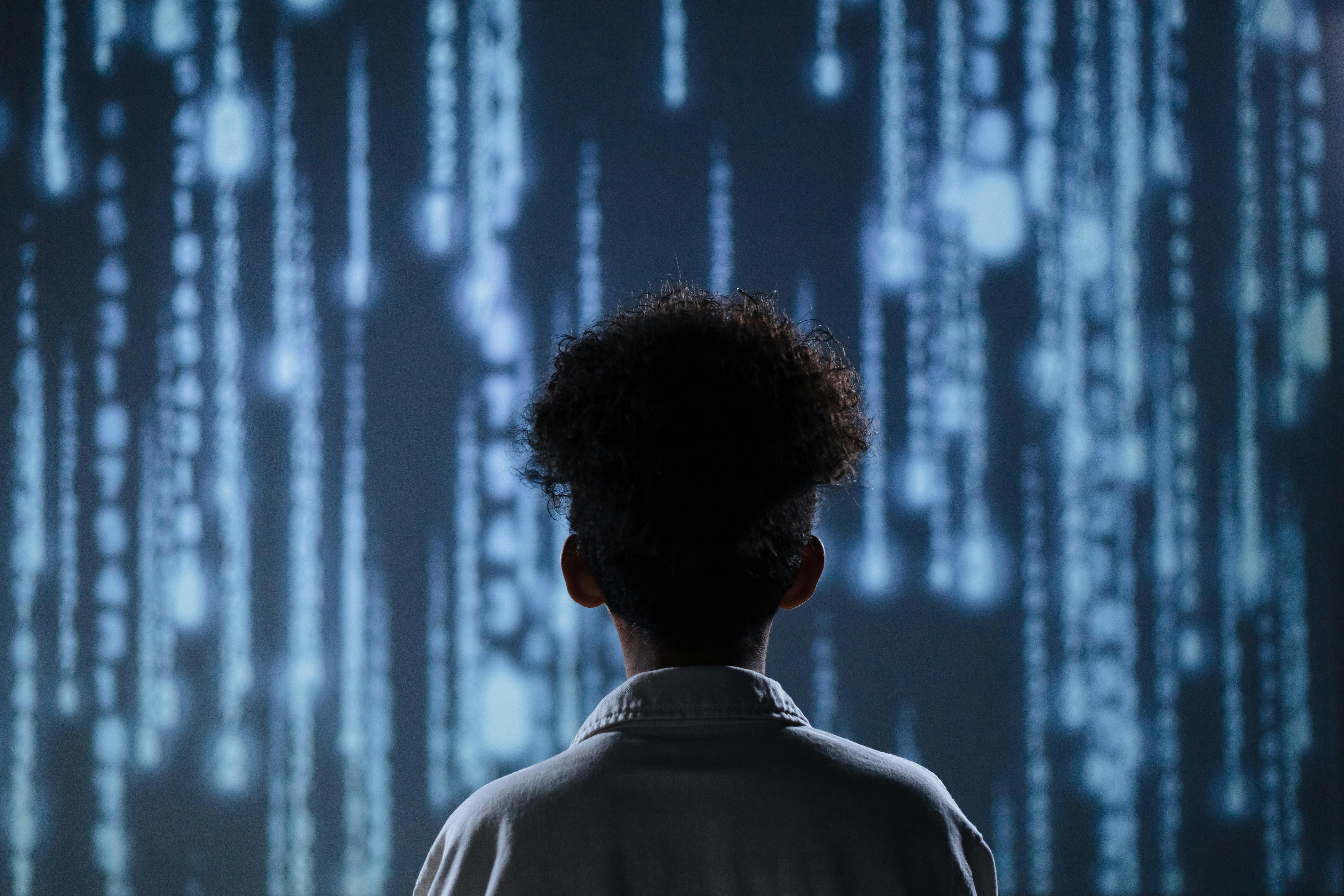How to Develop a Sustainable Remote Learning Plan
To come up with a remote learning plan, education leaders should lean on their past successes and tested methods based on familiar frameworks rather than tearing up roadmaps and starting from scratch

When COVID-19 forced the closure of most schools nationwide, district leaders were left scrambling to find an alternate way to instruct students for the remainder of the school year. Most immediately turned to remote learning, knowing that this modality—which was already well past the “testing” phase for most K-12 institutions—could be used to pick up where their brick-and-mortar schools were forced to leave off.
The transition has been smooth for some, but bumpy for others. Those schools with online learning frameworks in place likely experienced fewer challenges, while those that were either behind the curve on virtual learning—or just getting in the swing of things—faced some significant obstacles.
Leveraging Familiar Frameworks
The good news is that while the educational delivery method may have needed to shift quickly to accommodate school closures, the same leadership strategies apply in both the online and offline world. For example, effective leadership traits focused on student success drive the familiar frameworks that ensure equitable instruction for all students.
These frameworks support the contingencies that facilitate continuity of learning in unfamiliar circumstances (e.g., in the middle of a global pandemic). In the face of such high levels of uncertainty, anxiety, inequity, and angst, many school leaders believe they need to create a whole new playbook.
In most cases, though, the opposite is true. In fact, leaders need to consider frameworks, goals, and mission statements that were in place pre-pandemic to determine which elements still work and which need modification.
For example, here at Chocowinity Primary School in North Carolina, selecting our remote learning tools was fairly easy because we were already using Lexia Core5 Reading for five years, along with several other products including Pioneer Valley digital books. Our students and families were already familiar with technology and how we used it at our school, which helped us transition to remote learning. We also made sure that our parents understood the data that we were providing and the information that their children were interacting with online.
We also had a framework in place that transferred over when the shutdowns happened. That framework includes meeting weekly after school and developing plans as a grade-level team. We just kept that going using Zoom meetings with our administrative team, our assistant principal, and our school counselor.
Tech & Learning Newsletter
Tools and ideas to transform education. Sign up below.
Data is the New Oil
As we moved learning into the fully online environment, data became more important than ever. On the literacy platform, for example, students can track their own progress: A little red apple pops up when a student isn’t meeting the standard, whereas students who are moving up a level or otherwise excelling are recognized for their progress. Our students are very proud of “leveling up,” and it’s usually the first thing we hear when we get in a Zoom meeting with them. Our teachers also use Lexia data when meeting with their students online. If we didn't have such programs, we’d still have the communication and be in touch, but guiding students remotely would be much more difficult.
For social-emotional learning, we’re also using Zoom as the foundation when we’re out of the classroom. Our teachers are on the platform daily and weekly with small groups of students, asking them how they’re doing, whether we’re meeting their needs, and asking for suggestions. This is just further proof that tools don’t work without an educator and without a full, holistic educational approach that includes students, teachers, and parents.
Key Leadership Traits
Now more than ever, leaders should rely on what research and practice have already proven works in the educational environment. More specifically, they should consider frameworks, goals, and mission statements that were in place pre-COVID to determine which elements still work (and which of them need modification).
For example, these six leadership traits can serve as the foundation for that plan:
- Articulate a clear vision and plan for the academic success of all students.
- Cultivate collaborative community networks that share the vision of student success.
- Promote teachers’ professional development and leadership skills.
- Rely on data to drive decision making and to measure progress.
- Maintain high standards for instruction that meets student needs.
- Foster the social and emotional learning of students and teachers.
It’s also important to remember that educational leadership involves influencing others to achieve goals. While most leaders would agree that student achievement and educator empowerment are their primary goals, educational equity should always be the ultimate goal.
By developing a framework for remote learning success that fully leverages your current resources while revealing any “gaps” that need to be filled in your program, districts can build out equitable, sustainable remote learning plans based on proven methodologies and success strategies.
Alicia Vosburgh is Principal at Chocowinity Primary School in Beaufort County, North Carolina.
